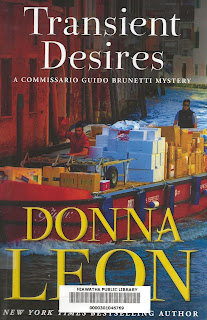The Great or
not so great Gatsby
This coming
week our Senior Community will be having a weekend party based on the style of
F. Scott Fitzgerald’s classic American novel, The Great Gatsby. There
will be live music, drinks, costumes, casino games, and all-around glitter.
Last week, as
a part of the PR promoting the event, we were treated to a screening of the
2013 film adaptation of the book by Australian director Baz Luhrman. It’s main stars were Leonardo Di Caprio and Carey
Mulligan. Buried in my own memory bank, however, is a previous adaptation from
1974 starring Robert Redford and Mia Farrow. I remember it now because I
watched it as part of my research for a production of Shakespeare’s A
Midsummer Nights Dream that I was directing in the 1980’s. I had done the
play before in the 1960’s with a sort of Grecian cum Elizabethan look and was
searching for a different production
look and hook. What I hit on was to set the production in the roaring twenties
with a Gatsby party ambience. The men were suavely suited in sport coats and
open necked shirts with ascots; the women sported brightly colored, frilly, flapper
dresses complete with feather boas. I
drew the music from classic Charleston tunes and honky-tonk jazz.
Like my
1980’s production the 1974 and 2013 film versions tried to catch all the flash
and pzazz of our sugar-coated image of the period. The 2013 film by Luhrman was by far more
extravagant than my theatre production or the 1974 film. It had frenetic camera movement, intense
colors, vistas of McMansions spreading out on Long Island waterfronts, fancy
period roadsters careening down narrow roads, and of course blazing Busby
Berkely styled images of wild, alcohol fueled parties.
No film adaptation
of Fitzgerald’s classic novel can avoid the tragic ending. Most recent attempts
to reproduce the “Gatsby style” seem to be more interested in reproducing the
atmosphere without the full-scale critique of the era that the original novel
focused on. Literary critics have described
the novel as the classic dissection of the peculiar American penchant for flak
driven and often criminal self-invention. Think P.T Barnum, Bernie Madoff, and
Donald Trump as examples. The Gatsby parties in the book were supposed to
demonstrate the emptiness of a life style based on conspicuous consumption
without any kind of social conscience. Our American culture has often fallen for glitz
and glitter to the point of dismissing everything else and the result has been,
as Fitzgerald saw it, the comeuppance of the Great Depression followed by the
Second World War.
What I did
with Shakespeare in the 1980’s and what our party is doing this weekend is
celebrating the veneer without scratching the wood underneath. Around us still swirls
the racial divide, the political division, the widening income gap, and as of
this week the danger of a full scale European War.
I have
nothing against parties. Most of us here have lived through enough to deserve a
respite from reality once in a while. Yet I do hope that we can spare a few
minutes to remember that the Gatsby ambience celebrates the exuberance, the
energy, and the decadence of the Jazz Age. Inside the glitter there
remains a cautionary critique of a less than savory part of the American
Dream.
Jim De
Young, 2/22/2022







